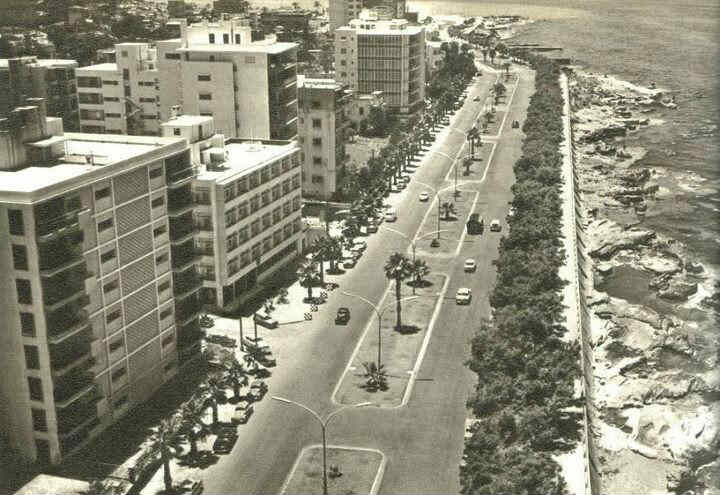
To begin with, I am glad that Jad is finally back to blogging after a long absence as I’ve always looked forward to his posts and his “Looks like Beirut” certificates. In fact, that’s where I found this old article from the International Herald Tribune about Beirut that was originally published in 1964.
Here’s an excerpt from the article entitled: Beirut is Travel Hub of the Middle East.
Beirut, its capital, is the seething communications hub of the Middle East, where planes from every point on the globe touch down, linking four continents. The city is an anachronism in which fast-paced sophistication, and slothful, time-worn customs are crazily juxtaposed.
Ravishing skills and woolens from the best European sources are displayed in other shop windows; these destined to be made up into Paris copies by clever Lebanese tailors and dressmakers. To tempt one even more to buy, all items are attractively priced, because of Lebanon’s low import taxes.
There is a restaurant in Beirut which caters to every taste, be it French, Italian, Spanish, Hungarian, Turkish, Indian, Chinese or American.
For fun and games in an elegant setting, there is the casino, a handsome complex situated ten miles from the city overlooking the bay of Jounieh, where one may dine, attend a movie or a concert, stay on for dancing at the nightclub, and finish the evening with a turn in the gaming rooms until the sun comes up over the Lebanon mountains. The New York Herald Tribune, April 30, 1964.
I did a quick search to see if there are other Beirut or Lebanon-related articles and found this one from 1939:
1939: Fight in Lebanon Over Cedars
BEIRUT – The cutting down of one of the famous 1,000-year-old cedars of Lebanon in order to make furniture for the Libano-Syrian exhibit at the New York World’s Fair has caused an uproar here. It is the young republic’s first international exhibition, and inasmuch as its ancient cedars are its foremost claim to fame in the outside world, the government decided to exhibit exotic pieces of furniture made out of one of the ancient trees, which are the feature of its unique and highly prized postage stamps, as well as the national crest.